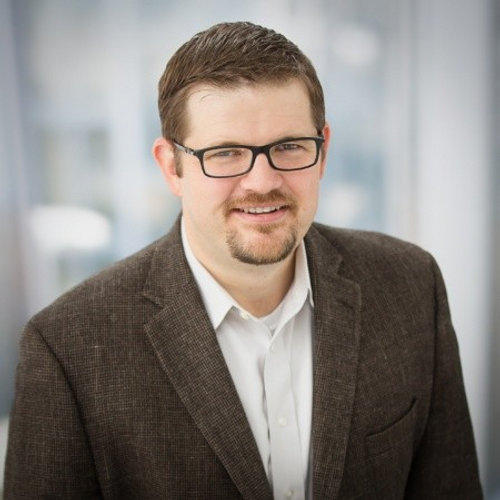Seed Certification With Steve Sebesta
At the time of this interview, Steve Sebesta was the director of the Foundation Seed Program at North Dakota State University and the Deputy Commissioner of the North Dakota State Seed Department. Steve has since retired from these positions, so we were very lucky to capture his years of experience and expertise in this area before his retirement. In this episode, Steve discusses the critical role of the foundation seedstocks program, how the plant variety protection act works and why seed needs to be certified.
“North Dakota is a little unique compared to most other states in that we have a county seed increase program. So when a new variety is released and we have foundation seed available, the counties decide whether or not they want to produce seed in their county of that new variety. And if they do, then their county grower, who is typically an experienced grower, will produce seed essentially for the county. It's not his seed. He doesn't have ownership of it. It's for the county seed grower. So it's a really good way to increase the amount of seed available of a brand new variety very quickly.” - Steve Sebesta
Germination success, variety identification and weed presence contribute to the certification of seed that allows for the label required for selling seed in North Dakota. North Dakota has the largest seed certification agency in the country, with between 250,000 and 300,000 acres of seed production every year. Of that, field peas is their third largest crop, with over 21,000 acres in 2023.
“A lot of the public varieties were funded by government programs, federal government programs. And so they needed a way to try to incentivize investment in research and development and production of new varieties. So they implemented the Plant Variety Protection Act which gives the variety owner the exclusive authority to determine who can and cannot produce seed of their product and market that seed. So there are a lot of infringements that are possible on a PVP variety that people need to be aware of.” - Steve Sebesta
This Week on Growing Pulse Crops:
- Meet Steve Sebesta who recently retired as the director of the Foundation Seed Program at North Dakota State University and the Deputy Commissioner of the North Dakota State Seed Department
- Discover the function, purpose and process of the Foundation Seed Program as well as the requirements that must be met for seed to be labeled as certified
Growing Pulse Crops is produced by Dr. Audrey Kalil and hosted by Tim Hammerich of the Future of Agriculture Podcast.

